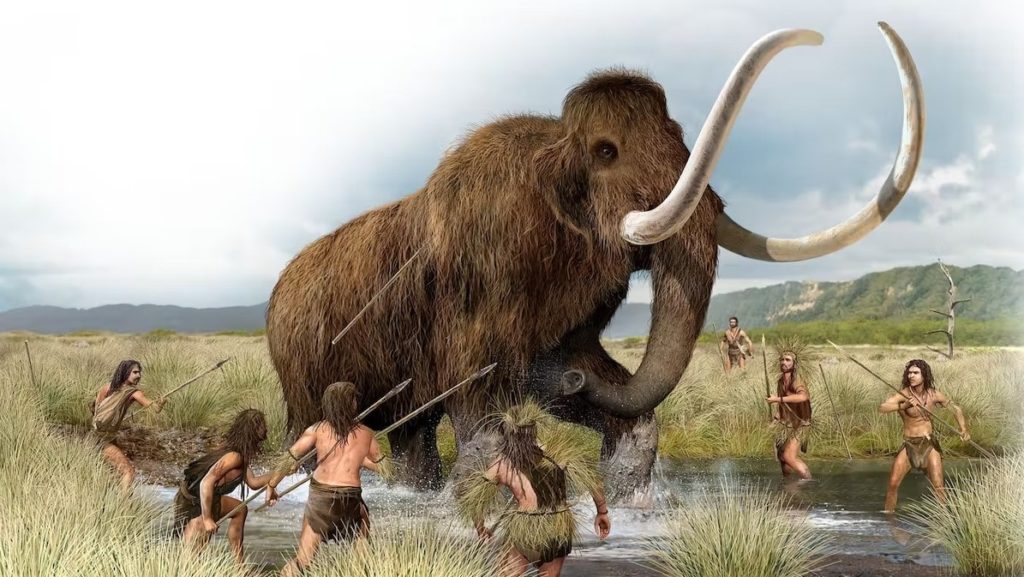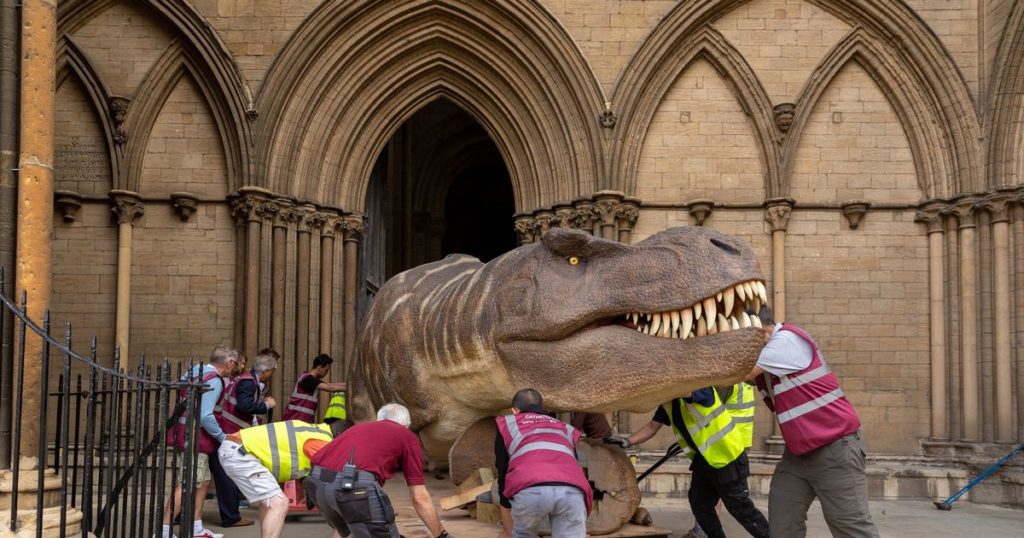Amidst the density of expanding discourse and debate surrounding the climate catastrophe, there is a term that many may not know or understand: The Holocene. The Holocene, or Holocene Epoch, is the most recent and ongoing geological time period. It is roughly dated as beginning 11700 years b2k (before the calendar year 2000 A.D.). Within some circles, the name is also interchanged with the Anthropocene (the age of man). However, our species does precede the Holocene period, making Anthropocene a somewhat inaccurate title. Geological epochs are determined by significant changes in climate. The Holocene Epoch began at the end of the last large Ice Age, ending the Pleistocene Epoch.
The modern baseline
The end of the last large Ice Age saw a mass extinction of megafauna that had adapted to colder glacial climates, e.g. Mammoths. With their demise came a new wave of human adaptation to hunting other smaller mammals and adopting more plant species into their diet. Since the beginning of the Holocene Epoch, more minor notable climate shifts such as the “Little Ice Age” occurred between 1200-1700A.D. However, the general climatic trends show the Holocene Epoch has been considered a warm period.

Our understanding of everything
All of recorded human history has taken place during the Holocene Epoch. One of the most notable yet destructive historical events in this period has been the so-called Agricultural Revolution. With the expansion of the human population, we began cultivating monocultures of grain, barley, rice and other species. The shift from our hunter-gatherer way of living to an agricultural way of existence is the foundation of the sedentary way of life we still experience today. The agricultural revolution also paved the way for the beginning of civilizations, all of which collapsed at some stage of their existence.
The fragility of civilization and agriculture is something we are experiencing firsthand today after a few hundred years of high levels of growth and stability. Indeed, the manipulation and exploitation of the landscape on such a large scale does not seem conducive to a stable climate. Yet, as we persist with this way of living, we increasingly strain Earth’s carrying capacity and are causing major disruption to the rhythms of the global climate. While it is true that the climate does shift over time (as shown by the different Epochs), we are living through the most considerable amount of climate disruption in the shortest period of time. Scientists now believe we are living through the sixth mass extinction, with mass extinction events being a precursor to a change in the epoch. It is estimated that one million species are currently under threat of becoming extinct, and this number is continuously growing. The previous mass extinction marked the end of the Cretaceous Epoch and was the end of the dinosaurs 65 million years ago.

The great trade-offs
Mans’s ability to sidestep the ecological restraints that determine the survivable parameters of all other species has paved the way for enormous leaps in technological development, the drop in infant mortality and arguably improved our way of life. But it has come at a cost. The loss of biodiversity, the extinction of species, and the rise of highly preventable lifestyle, diet, and pollution-related diseases are just to name a few. Sidestepping our constraints under the pursuit of “progress” has triggered climate change at a speed and scale not geologically due for many years. It has sped up the oncoming of the sixth mass extinction. Many in the science field believe these factors will see the end of the Holocene and make the Holocene Epoch the shortest epoch in the planet’s history by over one million years.
It is not entirely clear when the Holocene will end. Still, the end of the Holocene poses a great risk to our species’ ability to survive into the future. We were able to adapt to the extinction of megafauna by shifting to smaller game and a greater abundance of edible plants. Yet, with the ever-expanding nature of civilization and the degradation of arable soil from mono-crop industrial agriculture, all contributing to species eradication, we are quickly running out of options.
